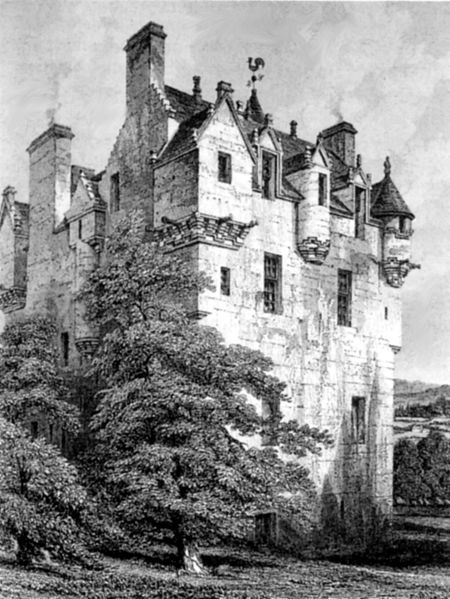Annotation:Pas Seul (1)
X:1 T:Pas Seul [1] N:”Danced by Miss Margaret Burnett of Leys” M:2/4 L:1/8 B:Archibald Duff – A Choice Selection of Minuets, Favourite Airs, Hornpipes, Waltzs &c. B:Book First (Edinburgh, c. 1812, p. 8) B: https://digital.nls.uk/special-collections-of-printed-music/archive/105810922 N:Archibald Duff (c. 1770-c. 1840?) was a musician (along with his brother Charles) and dancing N:master, of Montrose and Aberdeen, and is recorded as being a Professor of Music residing at N:Clayills Cottage, Aberdeen in 1837. N:The volume is dedicated to Lady Mary Ramsay of Balmain Z:AK/Fiddler’s Companion K:C cc {d}c/>B/c/>e/|d- g>.f.e/.d/| cc {d}c/>B/c/>e/|d/>c/B/>A/ G/>G/A/>B/|cc {d}c/>B/c/>e/| d- g>.f.e/.d/| cc {e}d/>c/d/>e/|cecz:|B/>g/ {a}(g/^f/4g/4) d/>g/ {a}g/(f/4g/4)|(e/f/).g/.a/ (g/e/).d/.c/| B/>g/ {a}(g/^f/4g/4) d/>g/ {a}(g/f/4f/4)|(e/f/).g/.a/ .g/(e/d/c/)|a/>f/c' .g.e|a/>f/c' .g/.c| a/>f/c'/>a/ g/>e/d/>c/|B/>c/f/>e/ d/>G/A/>B/|cc {d}c/>B/c/>e/|(d g>)f.e/.d/|cc {d}c/>B/c/>e/| d/>c/B/>A/ G/>G/A/>B/|cc {d}c/>B/c/>e/|(d g>)f.e/.d/|cc {e}d/>c/d/>e/|cec z||

As with other pas suel sets in Duff's collection, the pas seul for Miss Burnett probably also included figures to the two tunes that directly followed "Pas Seul (1)" on the page, "Crazy Jane (3)" and the Irish "Slip Jig (10)." This set of three tunes and, presumably, three different dances had changing rhythms that would highlight the skills taught by Duff, although all three tunes are in the key of 'C'.
Duff was a successor to Aberdeen dancing master Francis Peacock, who, in 1805, wrote in his dance manual about music and movement interaction wherein he suggested that dancers combine movement motifs best suited to themselves and musical accompaniment. Duff's several "Pas seul" suites in his collection may indicate he subscribed to Peacock's point of view, with emphasis on the individual dancer's movements rather than specific dance figures. His dances are lost, but may have been a soft shoe, ballet-like dance, with the French title signaling the choreographic nature of the dance, rather than the known figures of a country dance, reel or jig that were not made for individuals.

